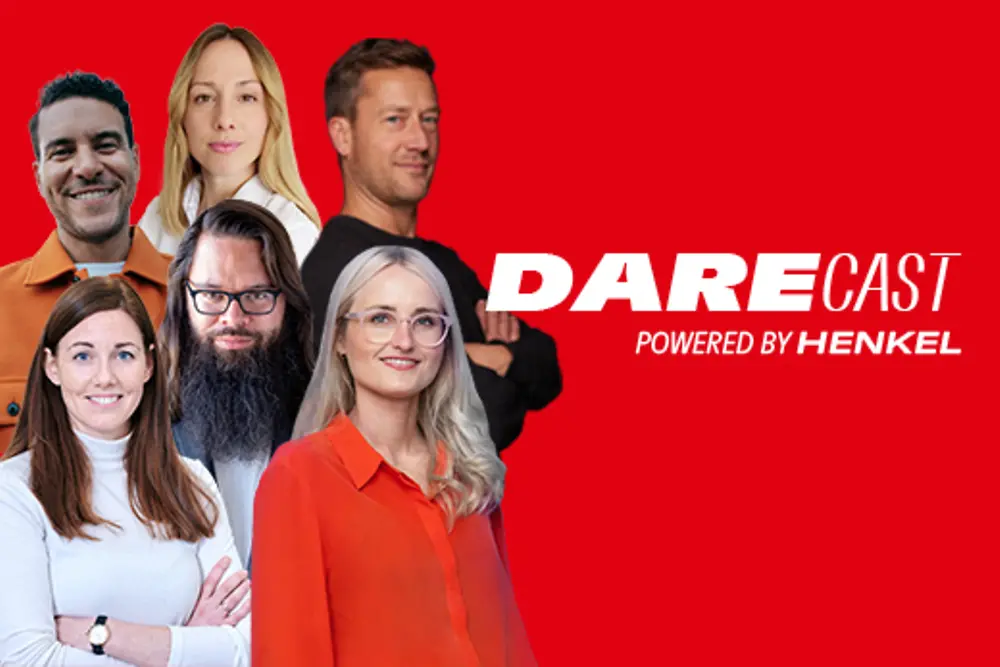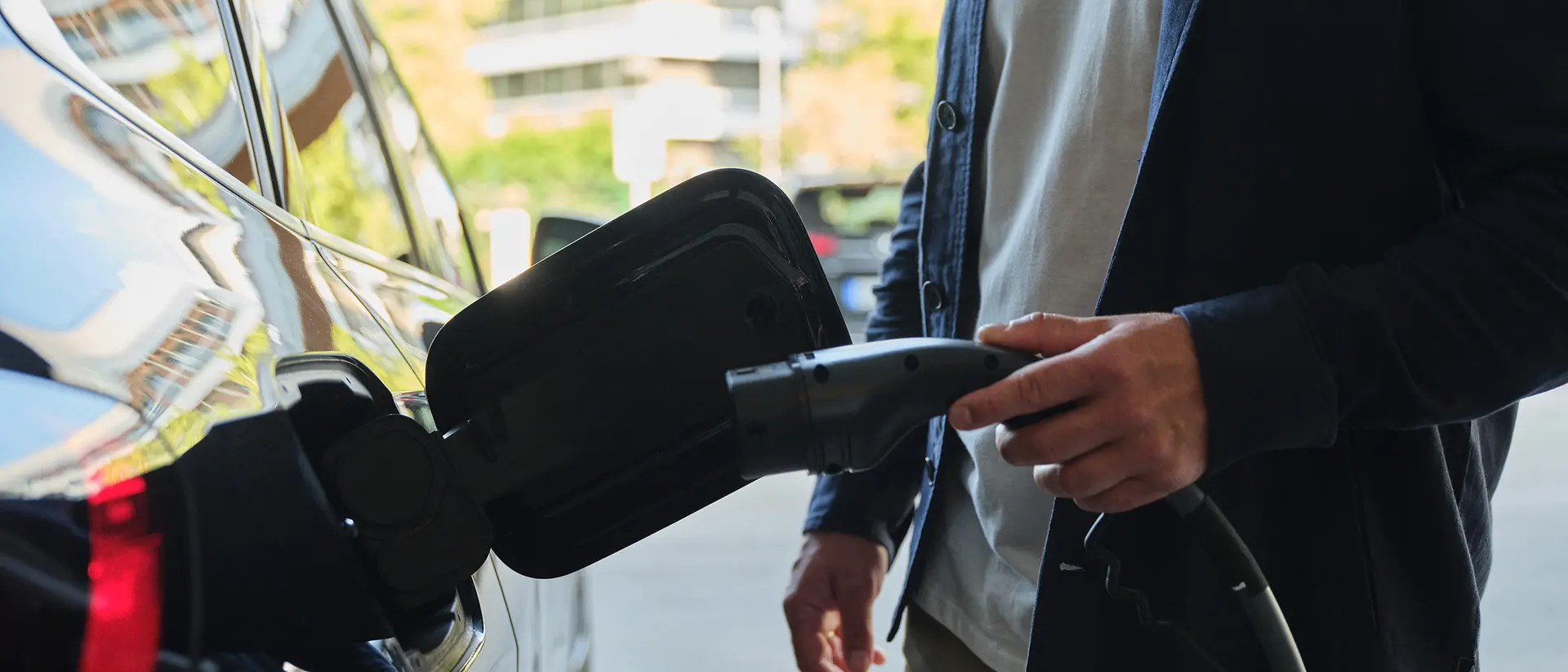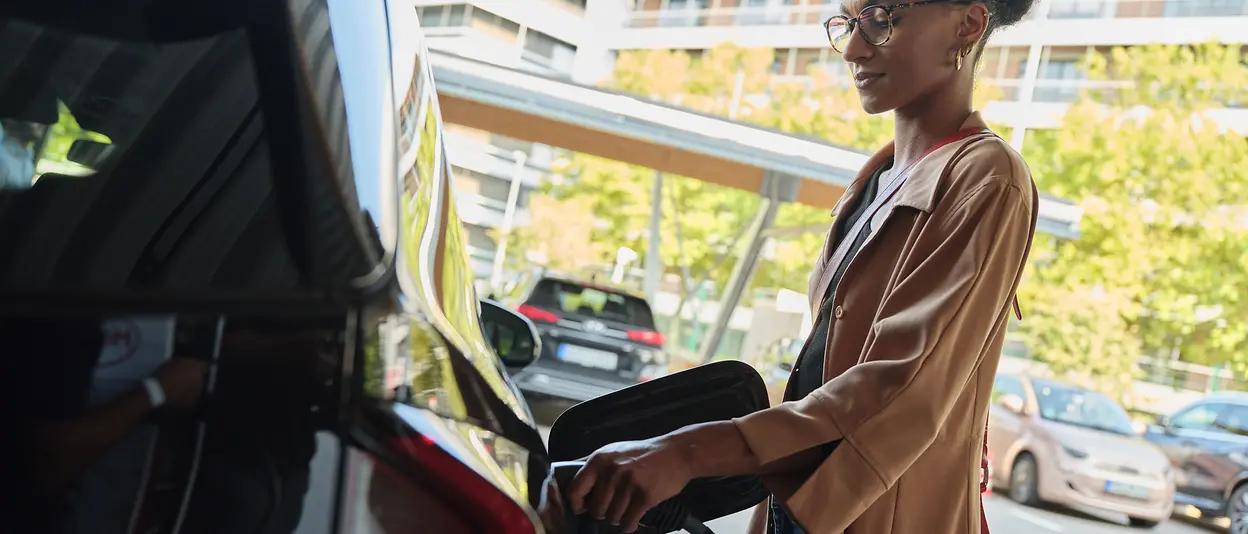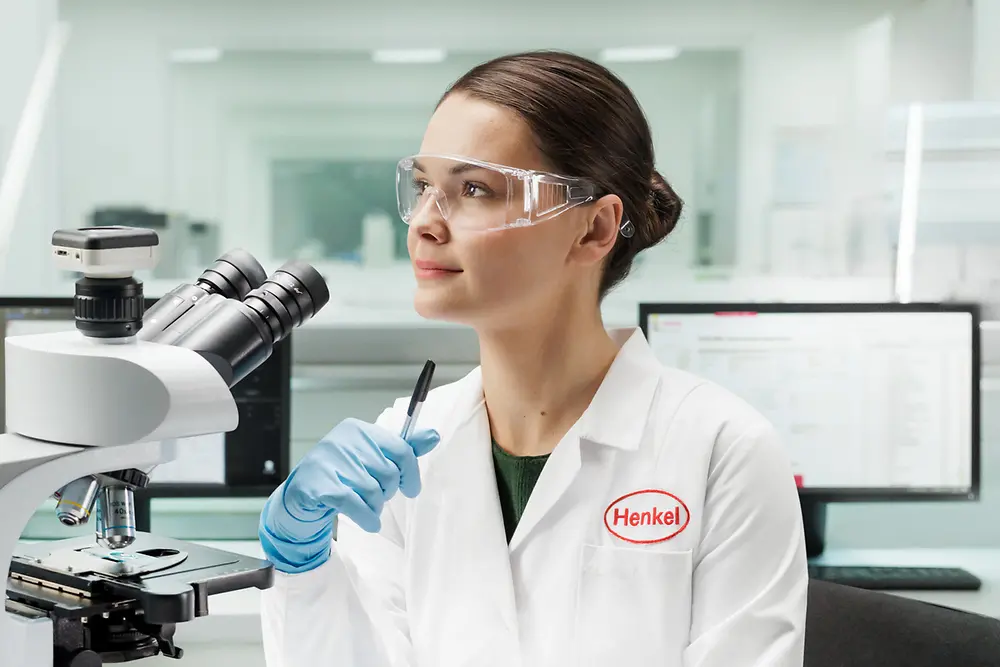“With the concept of the digital twin and the virtual material card, we have changed the rules of the game,” says George. “Using the material map, AI and algorithms to calculate a solution for the customer takes less than an hour – compared to nine months in the real world.” This enables customers to speed up their development cycles and bring the next generation of batteries to the market faster. “It's reliable, it doesn't cost much and it's very fast – it's absolutely ground-breaking,” says George.
The two primary objectives for the experts in the ”Fuel the Future” team are sustainability and safety. “The topic of circularity is very close to my heart," says George. “We're heading towards a huge problem. We're looking at 15 million batteries in 2023 alone, and that number is growing every year. In Asia, cars are put on the road with a lifecycle of five years because by that time they are technically outdated. How should we deal with this from an environmental perspective? There are only few legal regulations. We consider it our duty to develop sustainable solutions in battery design.” The big challenge when it comes to reusing batteries in whole or in part is how to get the valuable raw materials back at the end of their time without simply shredding the entire battery, as is commonly done today. This requires adhesive bonding that can also be separated in order to take the components apart again.
“How to enable debonding has been the guiding principle of our innovation and engineering team for the last years,” says Frank. Debonding – the breaking of adhesive bonds – allows for the clean separation, preservation and reuse of individual valuable components. This can be done using three options: electricity, heat or chemistry. At this year's Battery Show Europe in Stuttgart, the team presented a new solution that makes it possible to release the bond at any time using thermal and electrical triggers. “This will be an absolute game changer – the first solution to a problem that the industry has been working on for years,” says George.
The second major challenge besides sustainability is vehicle safety, i.e. thermal management. “If one battery cell reaches a critical temperature, it catches fire and ignites the others,” says George. “Have you ever noticed how your cell phone heats up in the sun? Imagine that with an electric car battery that weighs 700 kilograms, is two meters long and one meter wide. We want to prevent that with our safety coatings.” The adhesive experts have developed thermal interface materials that are used between the battery cell and the cooling plate. The polymers dissipate excess heat from the battery cell into the cooling plate, which is permanently being cooled in liquid form. This prevents the battery from overheating during charging and operation. And this protects vehicle occupants from the risk of fire.
In order to drive electrification on the roads, it is important for consumers that the battery can be charged quickly, offers a long range and is safe from overheating and fire.
In the unlikely event that a battery does catch fire, the Loctite EA9400 fire protection coating is used. Specifically designed for electric vehicle batteries, they ensure that no flames penetrate the vehicle interior for up to ten minutes – valuable time for the occupants to get to safety.
The next steps towards an electric future
The Battery Engineering Center in Düsseldorf, Germany represents a pioneering project and is just the first of its kind. Henkel plans to establish a global network of Battery Engineering Centers, with future locations in the USA and China, creating a worldwide ecosystem of multidisciplinary specialist teams. “Together with our partners, we strive to develop innovations that will enable us to meet the challenges of the future and accelerate the advancement of e-mobility solutions on a global scale,” says Frank.
George believes that Henkel Adhesive Technologies is well equipped for this: “Today, we are the global market leader and are solving the biggest challenges facing the industry at present. There are still many new challenges that we have to solve – but we hold a strong position."

















